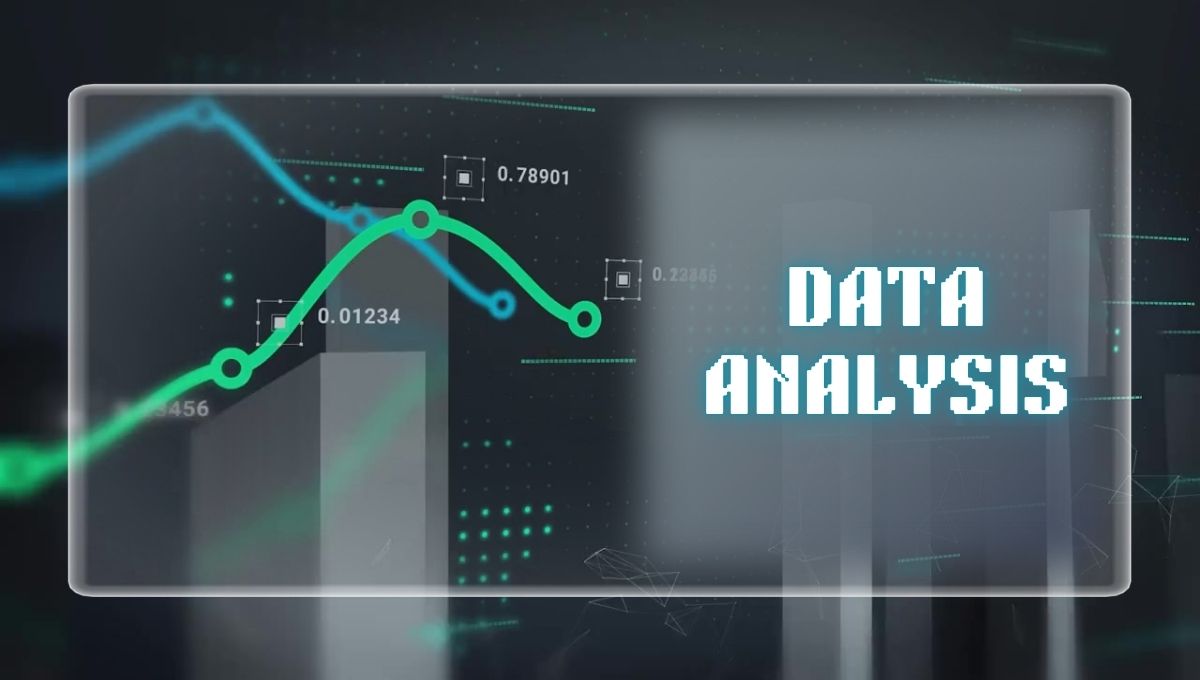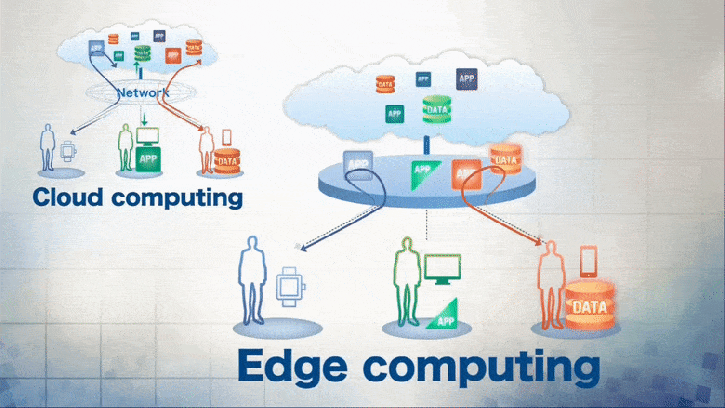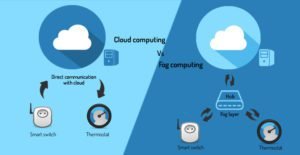In today’s data-driven world, organisations generate vast amounts of raw data daily. However-raw data by itself is meaningless unless properly analysed. This is where Exploratory Data Analysis (EDA)-comes in. It helps uncover patterns, detect anomalies, &extract valuable insights from raw data.
EDA- is the first crucial step in data analysis, allowing analysts and data scientists to understand the dataset before applying advanced models. By… leveraging data preprocessing methods, data visualization techniques, &statistical analysis in data science, businesses can make data-driven decisions with confidence.
In this blog…we will explore the importance of EDA, its key techniques, &how tools like Python for exploratory data analysis simplify the process.
What is Exploratory Data Analysis (EDA)?
Exploratory Data Analysis (EDA)- is the process of summarising, visualising, and interpreting raw data to uncover patterns, relationships, &trends. The goal is to clean the data, identify missing values, detect outliers, &understand its distribution before building predictive models.
EDA is a critical step in data analysis because it helps:
- Identify missing or inconsistent data
- Detect anomalies and outliers
- Understand variable distributions
- Reveal relationships between variables
- Generate hypotheses for further testing
With the right approach, EDA ensures high-quality data that can be used effectively in machine learning and business intelligence applications.
Step 1: Data Cleaning and Transformation
Before diving into data analysis, the first step is to clean &preprocess the data. Poor-quality data can lead to inaccurate insights, making this…step non-negotiable.
Common Data Cleaning Techniques
- Handling missing values (imputation or deletion)
- Removing duplicate records
- Correcting inconsistencies in categorical variables
- Standardising formats (e.g., dates, currency values)
Data Transformation Methods
After cleaning, data transformation is necessary to make the dataset usable for analysis. This includes:
- Normalization & Scaling – Adjusting numerical values to a standard range
- Encoding Categorical Variables – Converting text labels into numerical format
- Feature Engineering – Creating new variables to improve model performance
By applying data cleaning and transformation, we ensure that the dataset is structured, consistent, &ready for deeper analysis.
Explore career opportunities in data analytics
Step 2: Descriptive Statistics for EDA
Once the data is cleaned, the next step is to summarise it using descriptive statistics for EDA. This includes measures of central tendency (mean, median, mode) &measures of dispersion (variance, standard deviation).
Key Descriptive Statistics in EDA
- Mean – The average value of a dataset
- Median – The middle value in an ordered dataset
- Mode – The most frequently occurring value
- Variance – Measures how spread out the data points are
- Standard Deviation – Square root of variance, indicating data dispersion
These statistics provide a quick summary of the dataset, helping analysts detect skewness, anomalies…inconsistencies.
Step 3: Data Visualization Techniques for EDA
A picture is worth a thousand words, and in data analysis, visualisation helps make sense of complex datasets. Data visualization techniques allow analysts to identify trends, outliers, &relationships in a more intuitive way.
Popular Data Visualization Techniques
- Histograms – Show frequency distribution of numerical variables
- Scatter Plots – Display relationships between two numerical variables
- Box Plots – Detect outliers and understand data spread
- Heatmaps – Visualise correlations between multiple variables
Watch this video to understand EDA better
Using these data visualization techniques- businesses can transform raw data into actionable insights.
Step 4: Statistical Analysis in Data Science
Beyond visualisation, statistical analysis in data science provides deeper insights by applying mathematical techniques to test hypotheses and validate data trends.
Common Statistical Tests in EDA
- Correlation Analysis – Measures the strength of relationships between variables
- T-tests & ANOVA – Compare means across different groups
- Chi-square Test – Checks relationships between categorical variables
- Regression Analysis – Identifies patterns for predictive modelling
Applying statistical analysis in data science ensures that the conclusions drawn from EDA are statistically valid and not just based on random patterns.
Learn how machine learning is shaping the future
Step 5: Using Python for Exploratory Data Analysis
Python- is the go-to language for exploratory data analysis due to its powerful libraries and ease of use.
Essential Python Libraries for EDA
- Pandas – Data manipulation and analysis
- Matplotlib & Seaborn – Data visualisation
- NumPy – Numerical computing
- Scipy & Statsmodels – Statistical analysis
A simple Python for exploratory data analysis workflow involves:
- Loading data using Pandas
- Cleaning and preprocessing data
- Applying descriptive statistics
- Visualising trends with Matplotlib or Seaborn
- Performing statistical tests-using Scipy
Check out these machine learning projects in analytics
Final Step: Gaining Insights from Raw Data
The ultimate goal of EDA is to extract meaningful…insights from raw data that drive business decisions. By integrating data cleaning and transformation, data visualization techniques, &statistical analysis in data science, analysts can uncover hidden trends and actionable intelligence.
Some real-world applications of EDA include:
- E-commerce – Identifying customer purchasing trends
- Healthcare – Detecting disease patterns from patient records
- Finance – Spotting fraudulent transactions
- Marketing – Understanding customer segmentation
Learn Data Science and Analytics with Imarticus
Exploratory Data Analysis is a must-have skill for aspiring data professionals. If you want to master data analysis, Python for exploratory data analysis, &data visualization techniques, check out… the Postgraduate Program in Data Science & Analytics by Imarticus Learning.
This industry-recognised program offers:
- Comprehensive training in data science tools
- Real-world projects for hands-on learning
- Placement support with top companies
Kickstart your Data Science career today.
FAQs
1. What is Exploratory Data Analysis (EDA)?
Exploratory Data Analysis (EDA)- is a crucial step in data analysis that involves summarising, visualising, and interpreting raw data. It helps identify patterns, detect anomalies, &prepare the data for further modelling.
2. Why is data cleaning and transformation important in EDA?
Data cleaning and transformation ensure that the dataset is accurate, consistent, &structured. Removing errors, handling missing values, &standardising formats are essential for meaningful data analysis.
3. What are some popular data visualization techniques in EDA?
Common data visualization techniques include histograms, scatter plots, box plots, &heatmaps. These visual tools help analysts understand relationships, distributions, &trends in data analysis.
4. How does statistical analysis in data science help in EDA?
Statistical analysis in data science helps validate patterns and relationships in data using techniques like correlation analysis, regression models, &hypothesis testing. It ensures- that insights are statistically sound.
5. What role does Python play in exploratory data analysis?
Python for exploratory data analysis is widely used due to its powerful libraries like Pandas, NumPy, Matplotlib, &Seaborn. These tools enable efficient data manipulation, visualisation, &statistical evaluation.
6. What are descriptive statistics for EDA?
Descriptive statistics for EDA include measures like mean, median, mode, standard deviation, &variance. These help summarise datasets &provide insights into data distributions.
7. How do data preprocessing methods improve data analysis?
Data preprocessing methods such as normalisation, feature engineering, &encoding categorical variables help refine raw data. These steps improve the accuracy &reliability of data analysis outcomes.
8. How can EDA help in improving machine learning models?
EDA helps identify key features, detect outliers, and understand data distributions, which are crucial for building accurate machine learning models. By uncovering patterns and relationships during EDA, data scientists can select the right algorithms and optimize model performance.
9. What are the common challenges faced during EDA?
Some common challenges include dealing with large datasets, handling missing or inconsistent data, identifying subtle outliers, and interpreting complex relationships. Effective EDA requires strong analytical skills, domain knowledge, and the right tools to overcome these hurdles.
10. Can EDA be performed on unstructured data like text or images?
Yes, EDA can be performed on unstructured data such as text or images. For text data, techniques like word frequency analysis, sentiment analysis, and topic modeling are used. For images, EDA involves analyzing pixel distributions, identifying patterns, and using image processing techniques to extract meaningful features.
Conclusion
EDA is the foundation of data analysis, helping businesses and data scientists make sense of raw data before applying advanced models. By leveraging data preprocessing methods, descriptive statistics for EDA, &data visualization techniques, professionals can extract meaningful insights from raw data and drive informed decisions.
If you’re looking to-master Python for exploratory data analysis &accelerate your career in data science, explore the Postgraduate Program in Data Science & Analytics at Imarticus Learning today.





 When data is transferred to a remote cloud server, it allows the user to perform various complex algorithms with machine learning and thus predict the maintenance needs of a particular section. This is then forwarded to a dashboard on a personal system where one can determine what decisions are to be made further. This is all done comfortably from home or the office.
When data is transferred to a remote cloud server, it allows the user to perform various complex algorithms with machine learning and thus predict the maintenance needs of a particular section. This is then forwarded to a dashboard on a personal system where one can determine what decisions are to be made further. This is all done comfortably from home or the office. A
A  Some ways in which data analysis can be distinguished are as follows:
Some ways in which data analysis can be distinguished are as follows: